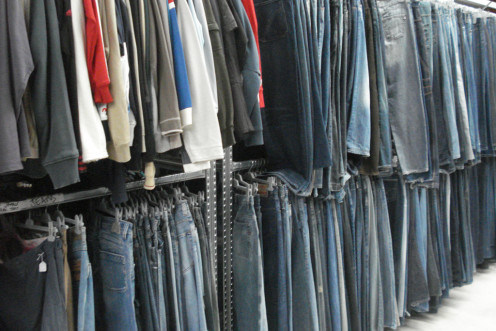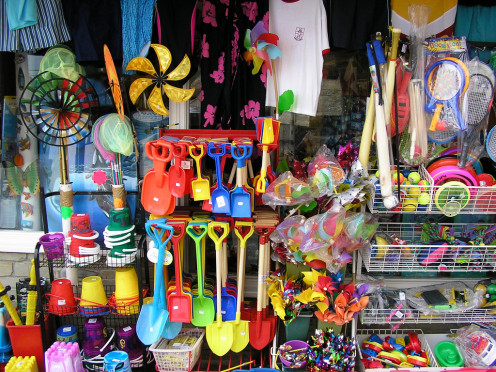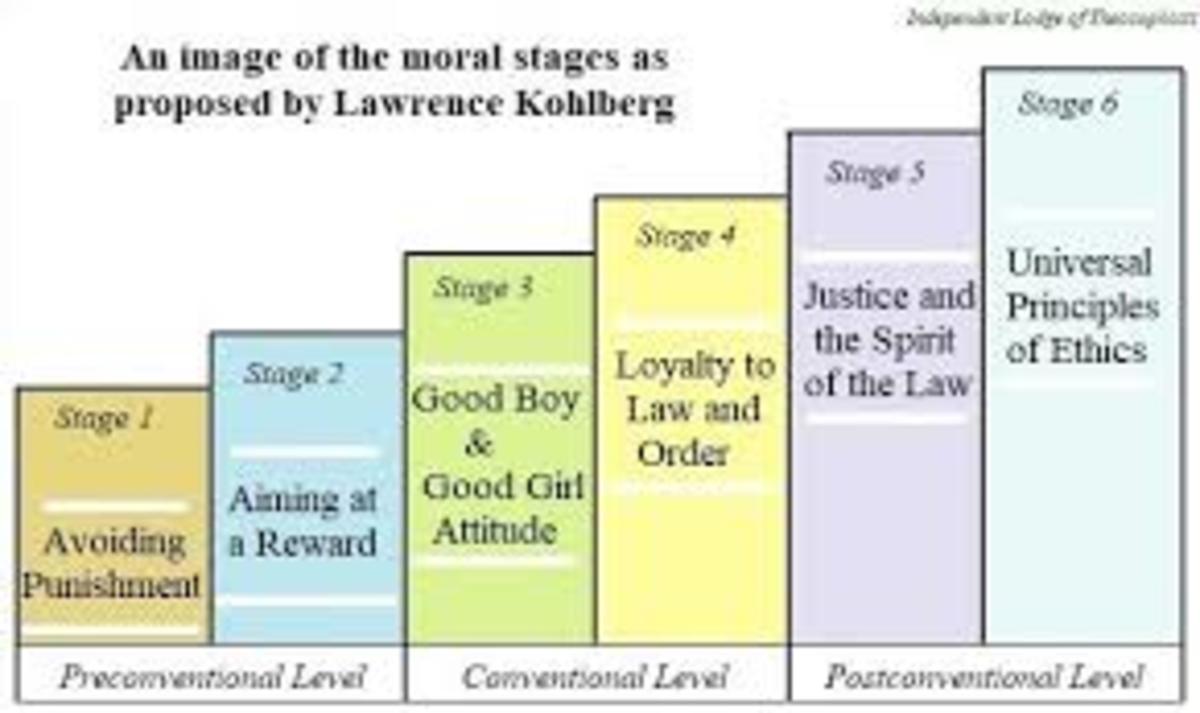Do Children Feel Dissonance When Making Purchases?
Leon Festinger

Leon Festinger's Cognitive Dissonance
What is cognitive dissonance? Who feels it? And when do they feel it?
Theorist Leon Festinger first proposed the idea of cognitive dissonance in 1957. He grounded his theory in the thought that everyone has an extensive set of ideas, beliefs and characteristics that work together in a system. This system could be, for example, your moral compass, your personality or a combination of both. In a sense, the system is likely what makes you, you. When one element in this system has no effect on the other, Festinger (1957) considered the relationship null. When one element supported the other, Festinger (1957) thought their connection to be consonant.
So, for example, if you believe it is OK to spend a little money on clothing (maybe you set a budget) and you purchase a pair of pants, your belief is harmonious with your action. Alternatively, when your belief or characteristic disagrees with your action, Festinger (1957) called this relationship dissonant. Thus, cognitive dissonance is the self doubt people feel when their behaviors contradict their particular beliefs or characteristics.

Why Cognitive Dissonance Matters to Me
Cognitive dissonance is one of my least forgiving feelings; I feel it almost every time I purchase an item too quickly. I try to prevent myself from feeling dissonance, but it is difficult. Often, I find myself torn between purchasing two items at a store. I’ll stand there, stare at both items and mull over how I’ll feel immediately after my purchase, as well as five years later. Here is thing: Rarely do I consider that I’ll probably have that item for a short period of time anyway.
Nonetheless, I do want to manage this feeling; I don’t think it can be totally overcome. I think we can feel a level of dissonance after every action we take. Sometimes, it's even a good feeling that helps control our instant urges. We discuss dissonance and buyers remorse with friends. We talk about what we did. We listen to people’s opinions.
So, the thought of managing my dissonance brought me to another question: Have I always felt dissonance? Rather, at what age did I begin to feel buyer's remorse? Did I feel dissonance when I was a child? Answering these questions might one day help me better manage the feeling.
How often do you feel buyer's remorse?
Doing Some Research
I believe that if I can figure out how I dealt with dissonance when I was a child, I might be able to better manage dissonance now. To solve that mystery, I did some research. The problem is, I found some disappointing answers. The good news is, the results are still somewhat inconclusive. While most researchers agree that people feel dissonance, few researchers have considered how a person's level of dissonance evolves as that person grows older.
Studies Hardly Reflect on Age Groups
Festinger (1957) was closest to suggest children feel dissonance when he proposed that everyone can feel dissonance. The catch is this: He did not directly study children's level of dissonance, nor did he study this feeling as it relates to their purchasing habits. In fact, few studies have. There is, however, a wealth of evidence that suggests children may fail to fully understand and manage their dissonance feelings; and thus,will not be able to manage them consciously like adults.
Brand Personality and its Relationship to Cognitive Dissonance
Studies suggest a child’s failure to grasp fully their dissonant feelings is especially true when purchasing items, if they can or are allowed to make purchases. Some studies propose the idea children can not understand and analyze a brand's personality (Tal-Or, 2007) or how a brand personality's influences them. A study by theorist Tal-Or (2007) concludes children do not believe they are more or less influenced by advertisements than their peers, while adolescents and adults believe that advertisements have some affect on them, their page and other age groups.
Do Children Feel Buyer's Remorse?

Studies Suggest a Relationship Between Dissonance and Children
One might ponder how studies about brand personality relate to a child’s dissonance toward that or any brand. After all, Tal-Or (2007) did not study dissonance directly, but instead, the child’s ability to understand and analyze a brand's personality. The concepts may be related. With that, I ask, "If a child can not understand a brand's personality, how can they truly feel or understand the buyer's remorse that brand might cause them?" I would think both concepts go hand-in-hand.
The fact is, they may not have the opportunity to feel buyer's remorse. They may be too young to shop; and thus, not have the opportunity to feel dissonance toward a purchase they made. They may also not feel dissonance because they have different circumstances than adults; they don't have bills or loans to pay off or need money to put gas in the car. They can spend carelessly and feel little repercussion.
But, Festinger's (1957) proposal that everyone feels dissonance and will try to reduce and avoid situations that cause dissonance suggests further analysis is needed. Here is what I would suggest and ask: If they are old enough to make purchases and feel dissonance, they still may not understand those dissonant feelings. So, if they feel dissonance, but don't understand those feelings, how do they logically reduce it--as Festinger suggests everyone does? Do children subconsciously reduce dissonance or do they reduce it practically like adults (e.g., consciously choose to eliminate the dissonant element, deny responsibility for their behavior, distort the information or select new information?)
The answer to these questions may or may not help me manage my dissonance.
Can a child feel feel dissonance toward their actions?
If YES to the above pole (that they can feel dissonance toward their actions) can they feel buyer's remorse?
© 2014 Frank Sturm








